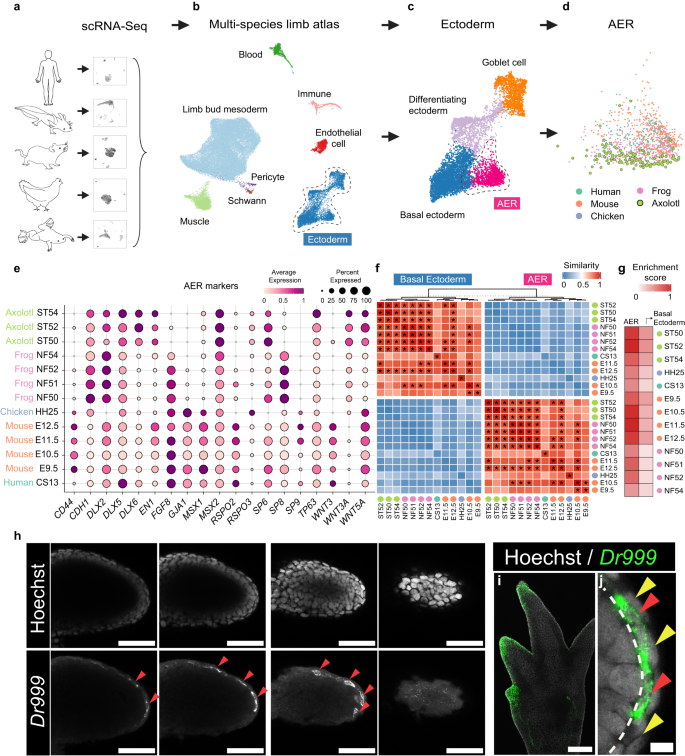2023-10-18 ニューサウスウェールズ大学(UNSW)
◆OCDは主に子供や10代で発症するため、この研究は重要です。研究は、OCDの若者と健康な若者を対象に意思決定課題を行い、脳活動をMRIスキャンで調査した結果、OCDの若者は報酬信号を適切に利用できず、行動を制御するのが難しいことが示されました。MRIスキャンにより、OCDの若者の脳活動パターンに異なる特徴が見られ、前頭皮質の一部が過活動であることが示唆されました。この研究は、OCDの生物学的基盤をサポートし、精神疾患のスティグマを減少させるのに役立つとされています。
<関連情報>
- https://newsroom.unsw.edu.au/news/health/decision-making-mechanisms-go-awry-ocd-brains-study
- https://www.sciencedirect.com/science/article/pii/S2667174322001446
強迫性障害の青年期における人間の行動の動機づけ決定因子、その神経基盤および機能的影響 The Motivational Determinants of Human Action, Their Neural Bases and Functional Impact in Adolescents With Obsessive-Compulsive Disorder
Iain E. Perkes, Richard W. Morris, Kristi R. Griffiths, Stephanie Quail, Felicity Waters, Margot O’Brien, Philip L. Hazell, Bernard W. Balleine
Biological Psychiatry Global Open Science Available online: 5 December 2022
DOI:https://doi.org/10.1016/j.bpsgos.2022.11.004

Abstract
Background
Establishing the motivational influences on human action is essential for understanding choice and decision making in health and disease. Here we used tests of value-based decision making, manipulating both predicted and experienced reward values to assess the motivational control of goal-directed action in healthy adolescents and those with obsessive-compulsive disorder (OCD).
Methods
After instrumental training on a two action–two outcome probabilistic task, adolescents (n = 21) underwent Pavlovian conditioning using distinct stimuli predicting either the instrumental outcomes, a third outcome, or nothing. We then assessed functional magnetic resonance imaging during choice tests in which we varied the predicted value, using specific and general Pavlovian-instrumental transfer, and the experienced value, using outcome devaluation. To establish functional significance, we tested a matched cohort of adolescents with OCD (n = 20).
Results
In healthy adolescents, both predicted and experienced values influenced the performance of goal-directed actions, mediated by distinct orbitofrontal-striatal circuits involving the lateral orbitofrontal cortex (OFC) and medial OFC, respectively. However, in adolescents with OCD, choice was insensitive to changes in either predicted or experienced values. These impairments were related to hypoactivity in the lateral OFC and hyperactivity in the medial OFC during specific Pavlovian-instrumental transfer and hypoactivity in the anterior prefrontal cortex, caudate nucleus, and their connectivity in the devaluation test.
Conclusions
We found that predicted and experienced values exerted a potent influence on the performance of goal-directed actions in adolescents via distinct orbitofrontal- and prefrontal-striatal circuits. Furthermore, the influence of these motivational processes was severely blunted in OCD, as was the functional segregation of circuits involving medial and lateral OFC, producing dysregulated action control.


